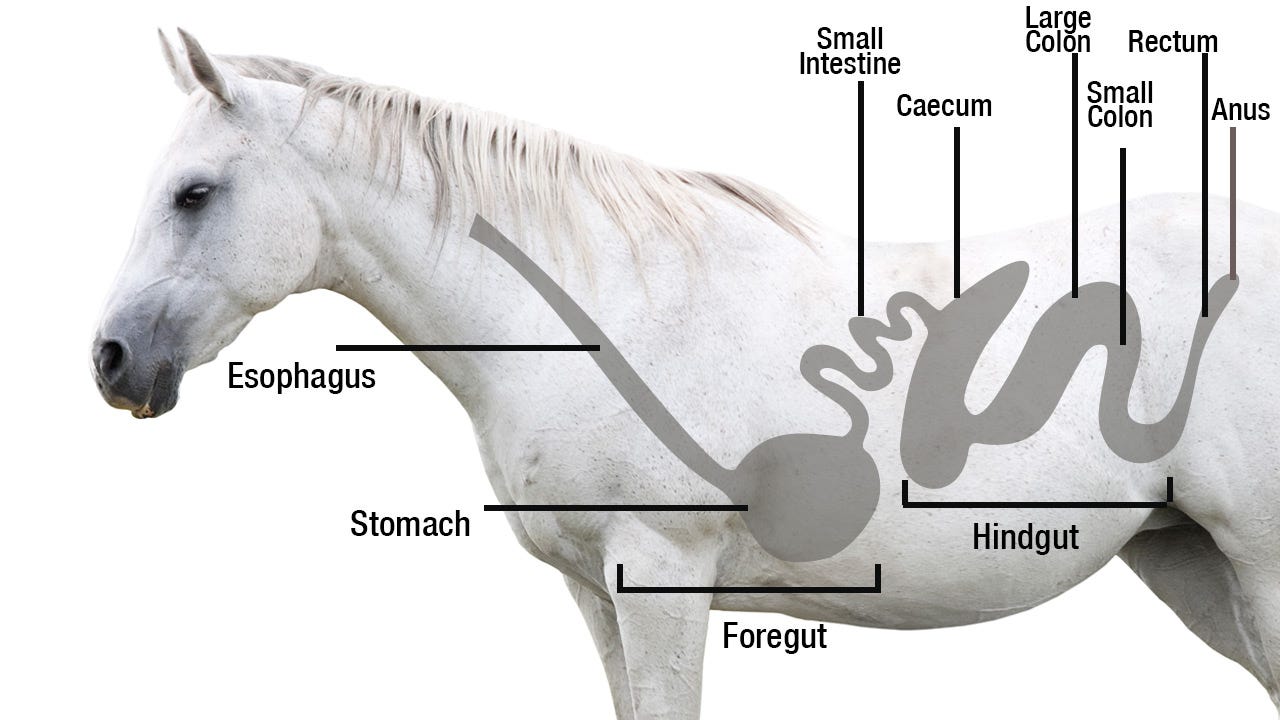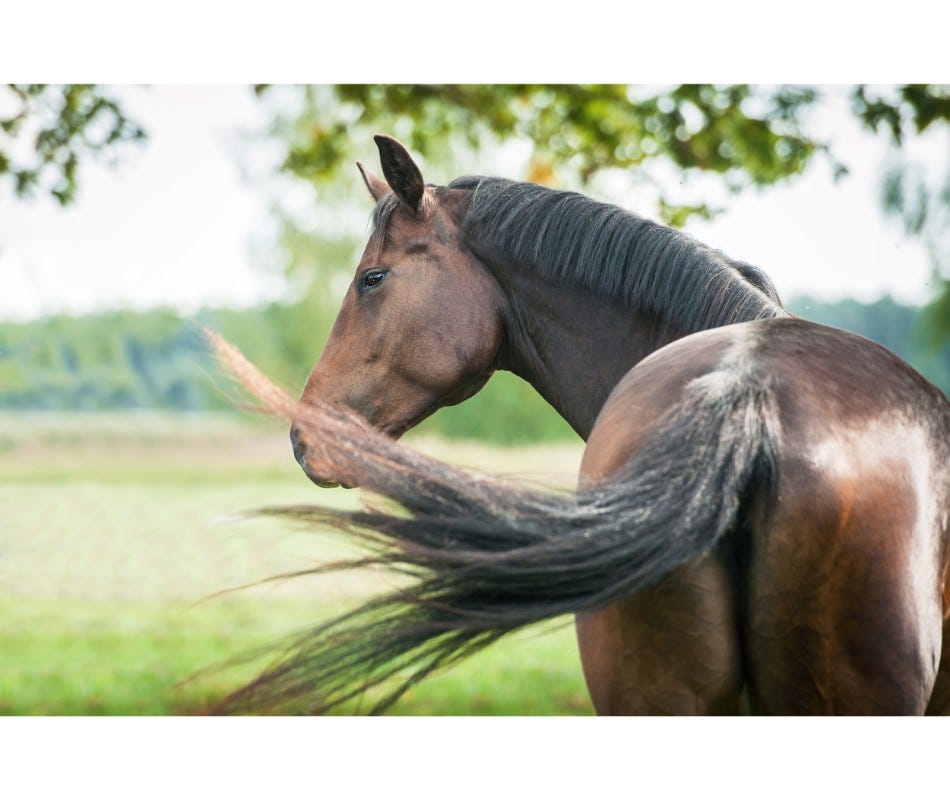We use cookies to make your experience better. To comply with the new e-Privacy directive, we need to ask for your consent to set the cookies. Learn more
Melbourne Cup Trophy: Designs by History
Melbourne Cup is a world renowned horse racing event and is often referred to as the “race that stops the nation”. Everyone loves to be part of this big event and the entire week of the Melbourne Cup Carnival but not a lot of racing fans know so much about the trophy that the participants or riders race for – because after all, they are racing for a prize! Read on to know more about the history of the prized trophy of the Melbourne Cup.
The Melbourne Cup trophy is a significant icon of Australian sport that it’s simply natural for one to assume that the coveted gold cup trophy has existed for as long as the event itself. However, the modern design that you see awarded to the winning rider was first introduced in the year 1919, which only implies that there had already been 59 races without this particular gold cup trophy.
There have been a variety of designs for prizes and trophies between the years 1861 and 1918 and fortunately enough for the National Sports Museum they hold four of these designs in their new gallery called ‘Champions – Thoroughbred Racing Gallery’. In 1861 when the race was first held there was no trophy involved. Instead, the winner was given a hand-beaten gold watch as the winning prize. The first trophy awarded was a silver bowl elaborately designed and it was given in 1865. This particular design appeared for the next five decades as the prize, as well as different human figures, like the winged female mounted on the 1867 trophy. There has been no clear reference for the trophy awarded for the following year until 1875. However, it is for certain that there was no trophy awarded between 1877 and 1886. In the year 1887, the prize was presented as a mounted golden horseshoe, and the year after that, the trophy presented as three horses on a silver-plated base.In 1890, the design took a huge turn and it was something unlikely for a sport trophy. The seven-piece silver set was awarded to Carbine’s owner. The following year, the trophy showed a draped figure of Victory holding an olive wreath to a jockey mounted to his horse. Twelve months later, there was a slight variation to the design – the Victory figure holding out three wreaths to three horses.
The multi-piece trophy was awarded again in 1893 before economic depression befell the nation in the mid 1890’s and then five races after that, the race became trophy-less. Again, in the early 20th century, the concept of elaborate eclectic design returned.
The trophy from 1910 is also displayed in the National Sports Museum. It was awarded to Comedy King’s rider and took the traditional silver bowl design. The same thing goes for the trophy won in 1915 by Patrobus. Since then, trophies for the event must be made in Australia.
In 1918, the design was of a gold cup trophy before the 1919 design by James Steeth, the three-handled “loving cup”. There have been slight variations but the same design was followed. In 2010, the trophy was worth $150,000, and the design was inspired by the trophy won by Phar Lap in 1930. The same loving cup was awarded in 2011 but with a value of $175,000 due to the high prices of gold.








Validate your login